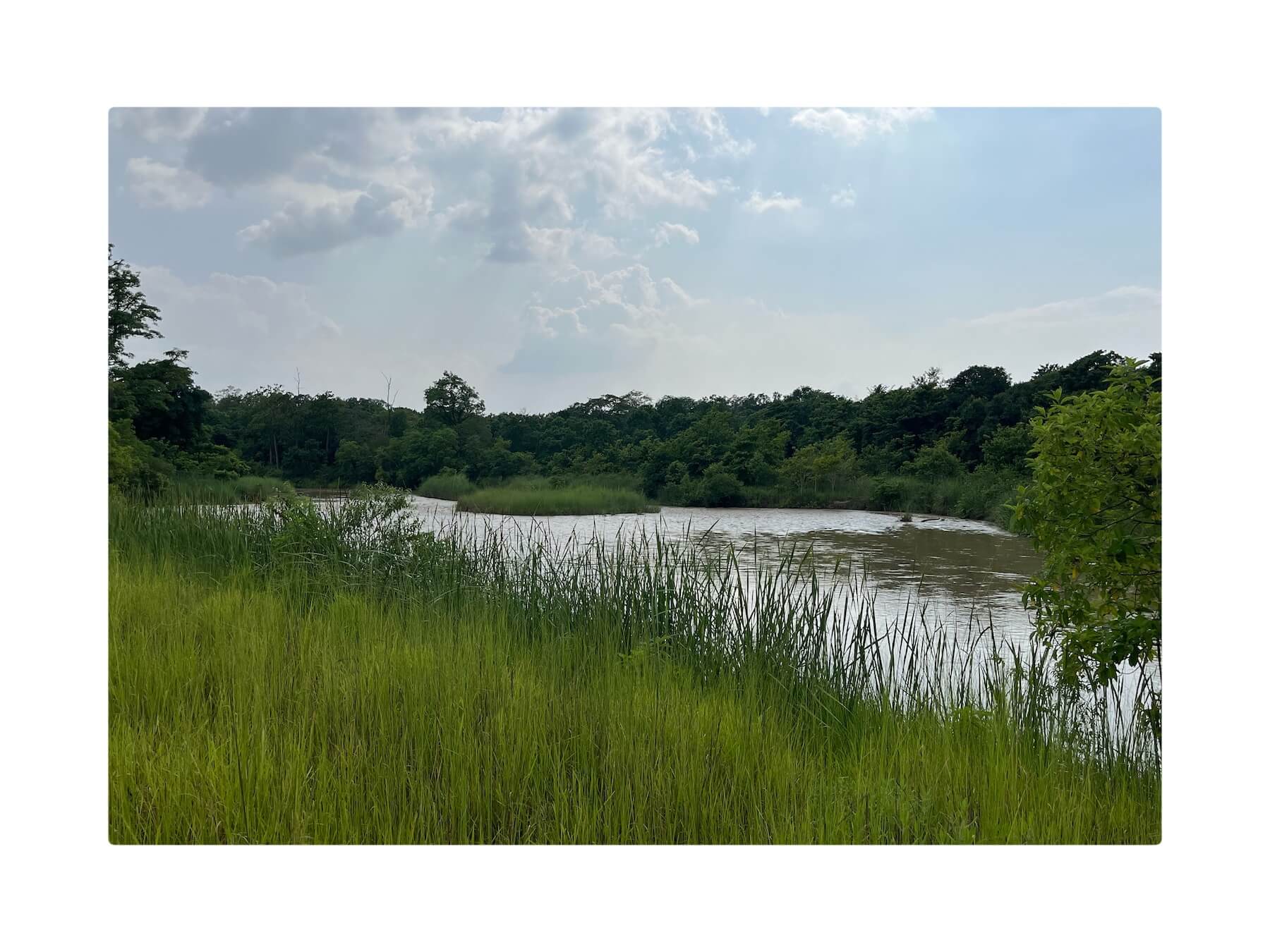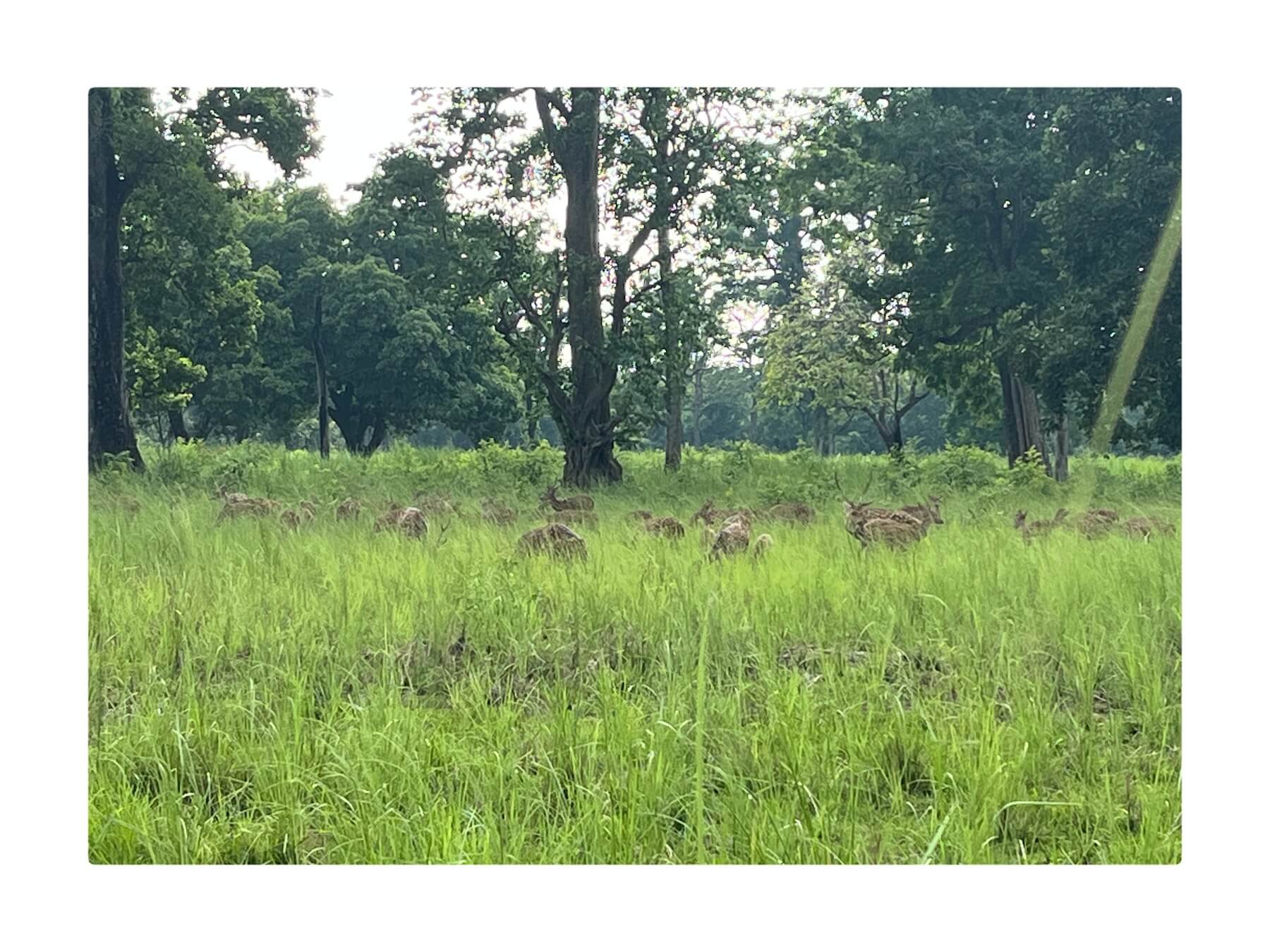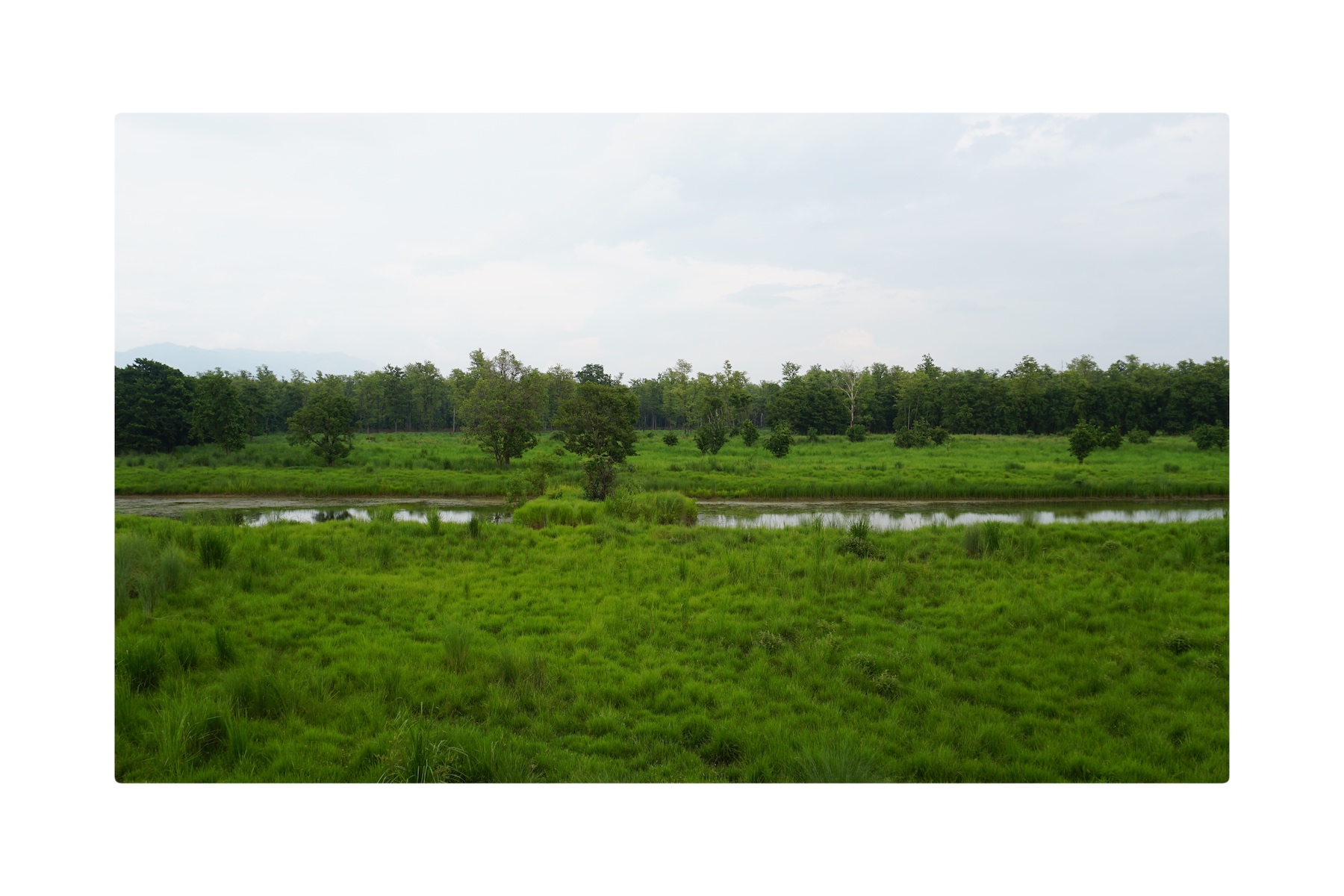Exploring the Wild: A Memorable Road Trip and Safari Adventure in Bardiya National Park
byI could hear the sound of rain hitting against the window. Accompanied by thunder, it was a familiar sound that filled me with a sense of calm. I was half awake, still lost in the world of dreams, when I looked at my phone. The time was 6:00 AM. One hour before the morning safari starts. I sighed deeply, knowing that the rain meant that the tigers would not come out to drink today.
I had been waiting for weeks to go on this safari, and I had hoped to see these majestic creatures up close. But the weather was not on my side. I closed my eyes and listened to the sound of the rain. It was a soothing sound, but it also filled me with a sense of disappointment. I knew that I would have to wait for another day to see the tigers.
But as I lay there, half-awake, I began to notice other sounds around me. I could hear the sound of birds singing, and the rustling of leaves in the wind. The forest was alive, even in the rain.
The following day, we arrived at the park’s office to reserve our safari. Unfortunately, the fee for the two of us was quite steep, and we were charged 10000 NPR. However, our vehicle and guide arrived shortly after, and they greeted us warmly. We were given a quick briefing on the proper etiquette to follow during the safari, particularly when inside the park. Our guide suggested we wear dark clothing. As soon as we entered the wilderness, we were captivated by the aroma that surrounded us. The vehicle moved at a slow pace to minimize noise. We engaged our guide in conversation, and I inquired about the population of tigers in Bardiya. According to him, there were over 152 tigers. Our first stop was one of the most popular spots for tiger sightings. There were several areas tourists could visit in hopes of encountering a tiger. We reached the shoreline of a stream, where tigers frequently come to drink water. Our guide shared a memory of narrowly escaping a rhinoceros attack.
The safari guide continued his story, reliving the adrenaline rush and the fear that he had felt. It had been a close call, and he had been lucky to escape unscathed. The memory was still vivid in his mind, even though it had happened several years ago.
As he spoke, we leaned in, fascinated by the tale of the rhinoceros attack. We could almost feel the heat of the sun and the coolness of the water as we imagined themselves in the same situation.
The guide recounted how they had been floating down the stream, hoping to catch a glimpse of some of the wildlife that lived in the area. They had been patient and quiet, not wanting to disturb the animals or scare them away. But then, they had come across the rhino. The guide had known immediately that they were in a dangerous situation. Rhinos could be unpredictable, and they were known to charge without warning. He had cautioned his group to stay silent and keep their distance. But then, something had gone wrong. The raft had been torn apart, and the guide had been thrown into the water. He had felt a sharp impact on his back and had struggled to swim to safety. It had been a terrifying experience, one that he had never forgotten.
As he finished his story, the guide looked around at us. We were all wide-eyed and silent, still caught up in the drama of the rhino attack. He smiled, knowing that he had made an impression. For him, it was just another memory, but for us, it was a glimpse into the wildness and unpredictability of nature.

Our safari had been full of excitement and anticipation, as we searched for the elusive tiger. The stories we had heard about the dangers of the Bardiya jungle only added to our nervousness as we set out in the early morning. The dense foliage and the sounds of the wild had us on edge, but we were soon captivated by the beauty of the forest.
We had just been regaled with a tale of a recent tiger sighting when our vehicle came to an abrupt stop. The driver pointed ahead, and we could see fresh tiger footprints on the road. We got out of the vehicle to investigate, and the soil was damp from the previous night’s rain. We examined the prints, and our guide pointed out that some were fresh while others were a couple of days old.
As we turned back to our vehicle, I noticed a peacock feather on the trail. It was considered lucky in our culture, and I picked it up. We continued our journey, heading towards a nearby stream. Our guide took out his binoculars and camera, and we got off the vehicle to follow him on foot.
Walking through the jungle, I felt a sense of unease, knowing that tigers were known to roam these parts. But we trusted our guide and followed him to the stream. We stood behind a bush and waited, hoping to catch a glimpse of the majestic beast. We stood there for what felt like hours, the heat and humidity adding to our discomfort.
As we were about to give up and head back to our vehicle, there was a loud splash in the water. We rushed to the stream to investigate, but there was nothing there. Just as we were about to turn back, our guide pointed out a movement across the shoreline. We strained our eyes and could barely make out the head and eyes of a creature. Was it an alligator or a crocodile? We couldn’t tell, but it was still exciting to see a wild creature up close.
Though we were disappointed not to have seen the tiger, we knew that there was still so much to explore in the wild. With renewed hope, we set out once more, determined to find the king of the jungle.
As we continued on our safari through the grasslands, I couldn’t help but be in awe of the vast and beautiful landscape around us. It was the perfect spot to see tigers in action, and I couldn’t wait to witness one myself. As we drove through the grasslands, we saw multiple herds of swamp deer. They were scattered throughout the fields, grazing gracefully among the tall grasses. The sight was truly breathtaking.

Amidst the deer, we spotted a small wild boar walking alone between the herds. It was a rare sight, and we all marveled at the beauty of nature. Our guide explained that we might also spot rare species of rhinoceros and wild elephants in the grasslands, but we were not lucky enough to witness them on this day.
Our guide went on to explain that there were four species of deer found in Bardiya – spotted deer, swamp deer, red deer, and hog deer. The barking deer was also present, but it was a rare sighting. We were so engrossed in our conversation when suddenly, the driver slowed the vehicle and pointed us towards some movement in the bush.
As we watched with bated breath, a small hog deer emerged from the bushes. Our guide informed us that it was an adult but naturally small in size. The sight of the deer was beautiful, but we still longed to see the wild tiger.
Suddenly, our attention was diverted by a screeching sound of a bird. We all thought it was a warning call sound to indicate the presence of a tiger. But instead, a large eagle flew above our heads, clutching some prey in its claws. Another bird was following the eagle, and it was a mother following the eagle who had grabbed the child bird from its nest. It was a display of the food chain in the wild, and we couldn’t help but marvel at the intricacies of nature.
As the eagle landed on a tree branch farther from us, the mother bird started to make sounds, which seemed like crying. I tried to zoom in on the scene with my camera, but it was too far away. Nonetheless, the moment was blissful, and we were all grateful for the experience. We knew that the wild was unpredictable, and we were fortunate to witness even a fraction of its beauty.

As we ventured deeper into the wilderness, we kept our eyes peeled for any signs of the elusive tiger. We had learned from our guide that crossroads were a prime spot for tiger sightings, so we stopped at each one, hoping for some action. However, our efforts were in vain as we didn’t spot any tigers. We continued on to our next destination: the water-holes and ponds in the wild. The forest rangers managed by the Nepal army had created some of these water-holes and some were even automated and powered by solar energy. It was heartening to learn that the local communities also contributed to the preservation of the wildlife. However, we were visiting during the beginning of the monsoon season, so our chances of spotting a tiger were slim. We knew we were taking a chance with luck, but we were determined to make the most of our trip. Despite not seeing any tigers, we still had an amazing safari. We drove a bit more before our time was up and saw herds of deer running and playing in the vast grasslands. It was a breathtaking sight to see them in contrast with the greenery.
When we returned to our hotel, we were pleased to find that there were various accommodations available for guests. Thakurdwara was the hub of hotels and homestays as it was where the office and entry gate of the Bardiya park were located. We visited during the off-season, so bookings were easy to come by. However, we would recommend booking an air-conditioned room as the climate in Bardiya can get quite hot. We met other tourists who had come for bird-watching and fishing, both of which were popular activities in the wilds of Bardiya. Unfortunately, we didn’t have time to go fishing, but we did come across some streams outside the park where fishing was permitted for free. We were disappointed that we didn’t have the equipment to fish, but we made a mental note to come back prepared for the next trip.
As we bid farewell to the hotel staff, we began our road trip back home, which was 350 km away. One of the best features of this trip was the road trip itself. The highways were decent for a country like Nepal, and the roads passed through the vast Bardiya and Banke National parks. We were lucky enough to stumble upon a magical moment where a herd of spotted deer were drinking water on the side of the highway. We would highly recommend taking a road trip as it was one of the best ways to experience the beauty of Nepal.
You might also like: A guide to Annapurna Base Camp: Frequently asked Questions
